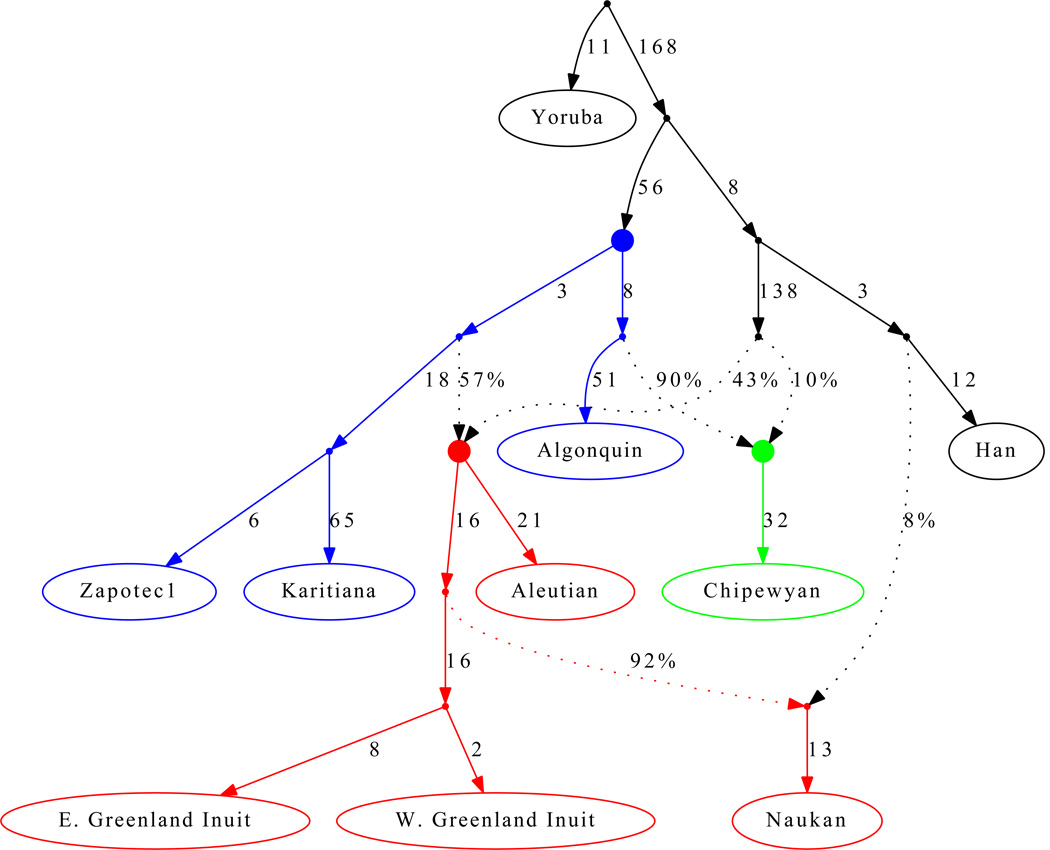Figure 2. Distinct streams of gene flow from Asia into America.
We present an Admixture Graph (AG) that gives no evidence of being a poor fit to the data and is consistent with three streams of Asian gene flow into America. Solid points indicate inferred ancestral populations; drift on each lineage is given in units proportional to 1000×FST; and mixture events (dotted lines) are denoted by the percentage of ancestry. The Asian lineage leading to First Americans is the most deeply diverged, while the Asian lineages leading to Eskimo-Aleut speakers and the Na-Dene speaking Chipewyan are more closely related and descend from a common Siberian ancestral population that is a sister group to the Han. The inferred ancestral populations are indicated by filled circles and the lineages descending from them are colored: First American (blue), ancestors of the Na-Dene speaking Chipewyan (green) and Eskimo-Aleut (red). The model also infers a migration of people related to Eskimo-Aleut speakers across the Bering Strait, thus bringing First American genes to Asia (the Naukan are shown, but the Chukchi show a similar pattern; Note S7). Estimated admixture proportions are shown along the dotted lines, and lineage-specific drift estimates are in units proportional to 1000×FST

